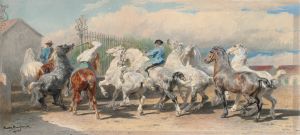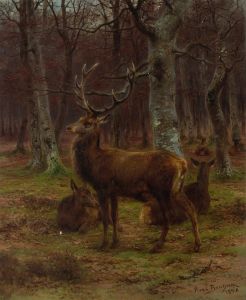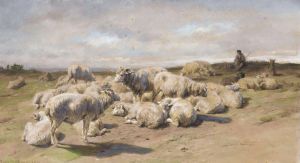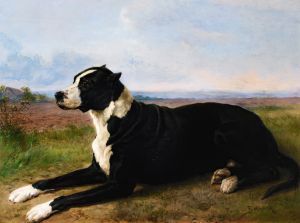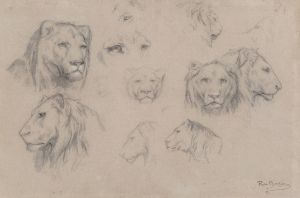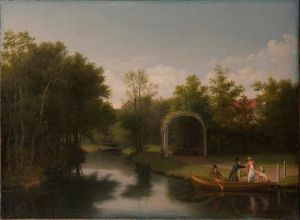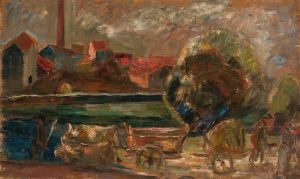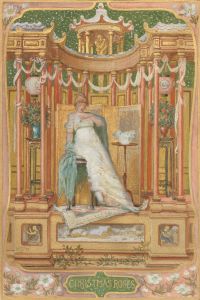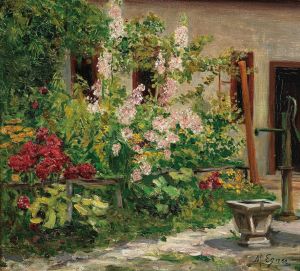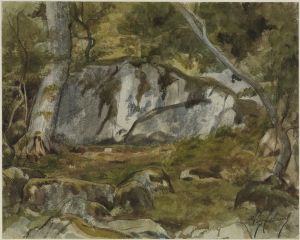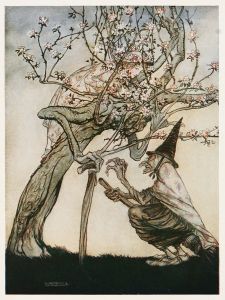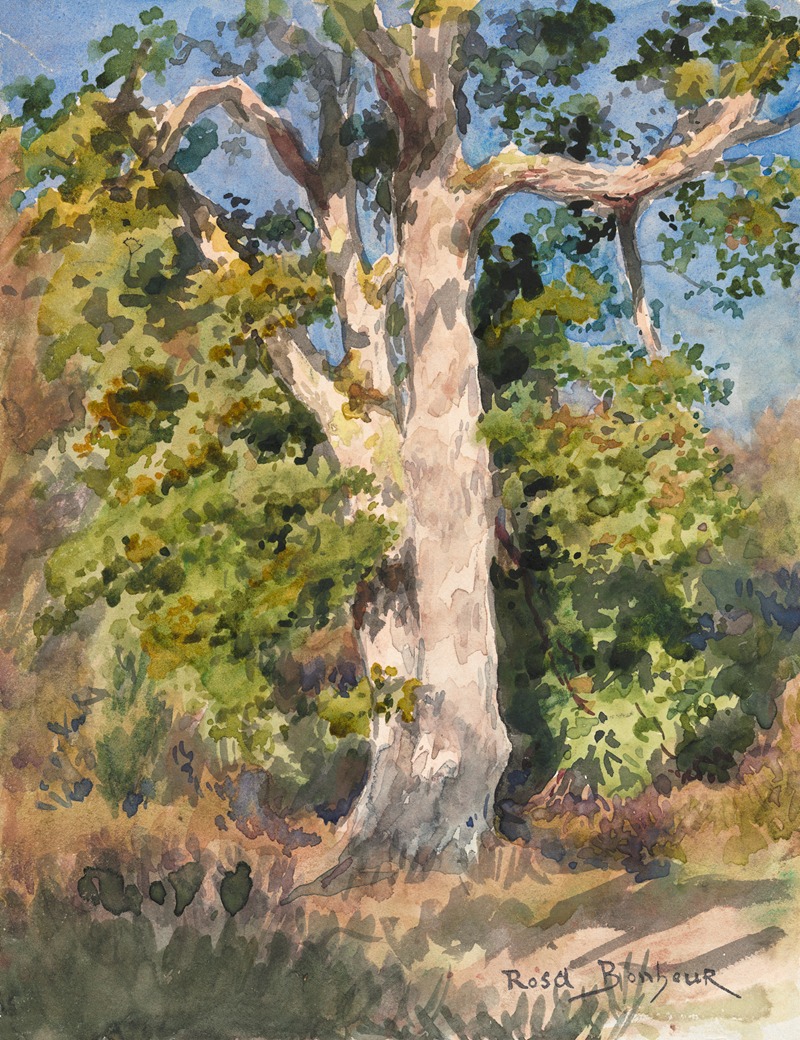
Tree Study
A hand-painted replica of Rosa Bonheur’s masterpiece Tree Study, meticulously crafted by professional artists to capture the true essence of the original. Each piece is created with museum-quality canvas and rare mineral pigments, carefully painted by experienced artists with delicate brushstrokes and rich, layered colors to perfectly recreate the texture of the original artwork. Unlike machine-printed reproductions, this hand-painted version brings the painting to life, infused with the artist’s emotions and skill in every stroke. Whether for personal collection or home decoration, it instantly elevates the artistic atmosphere of any space.
Rosa Bonheur, a renowned French artist of the 19th century, is best known for her realistic depictions of animals and rural scenes. Her work "Tree Study" exemplifies her keen observation skills and her ability to capture the essence of nature with precision and sensitivity. Although specific details about "Tree Study" are scarce, it is consistent with Bonheur's broader oeuvre, which often focused on the natural world.
Bonheur was born on March 16, 1822, in Bordeaux, France, into a family of artists. Her father, Oscar-Raymond Bonheur, was a landscape and portrait painter who encouraged her artistic pursuits from a young age. Rosa Bonheur's upbringing in a creative environment undoubtedly influenced her career path and her dedication to art. She began her formal training under her father's guidance and later attended art classes, which was uncommon for women at the time.
Throughout her career, Bonheur was particularly drawn to the depiction of animals, a subject that she approached with scientific rigor and artistic flair. Her most famous work, "The Horse Fair" (1852-1855), showcases her extraordinary ability to portray animals with anatomical accuracy and dynamic movement. This painting solidified her reputation as one of the leading animal painters of her time.
"Tree Study" likely reflects Bonheur's interest in capturing the natural environment with the same level of detail and realism that she applied to her animal paintings. While specific information about this particular work is limited, it can be inferred that Bonheur's approach would have involved meticulous observation and a deep appreciation for the subject matter. Her studies often served as preparatory works for larger compositions, allowing her to explore different elements of nature in isolation.
Bonheur's dedication to her craft and her success in a male-dominated field were remarkable achievements during the 19th century. She was awarded numerous honors throughout her lifetime, including the prestigious Legion of Honor in 1865, making her the first female artist to receive such recognition. Her studio in the Château de By, near Fontainebleau, became a hub for artistic and intellectual exchange, attracting visitors from around the world.
In addition to her artistic accomplishments, Bonheur was known for her unconventional lifestyle. She defied societal norms by wearing men's clothing, which she found more practical for her work, and she lived openly with her female partners, Nathalie Micas and later Anna Klumpke. Bonheur's independence and refusal to conform to traditional gender roles further cemented her legacy as a pioneering figure in the art world.
Although "Tree Study" may not be as widely recognized as some of her other works, it undoubtedly reflects Bonheur's commitment to capturing the beauty and complexity of the natural world. Her legacy continues to inspire artists and art enthusiasts, and her contributions to the field of animal painting remain highly regarded. Rosa Bonheur passed away on May 25, 1899, leaving behind a rich body of work that continues to be celebrated for its technical skill and emotional depth.





